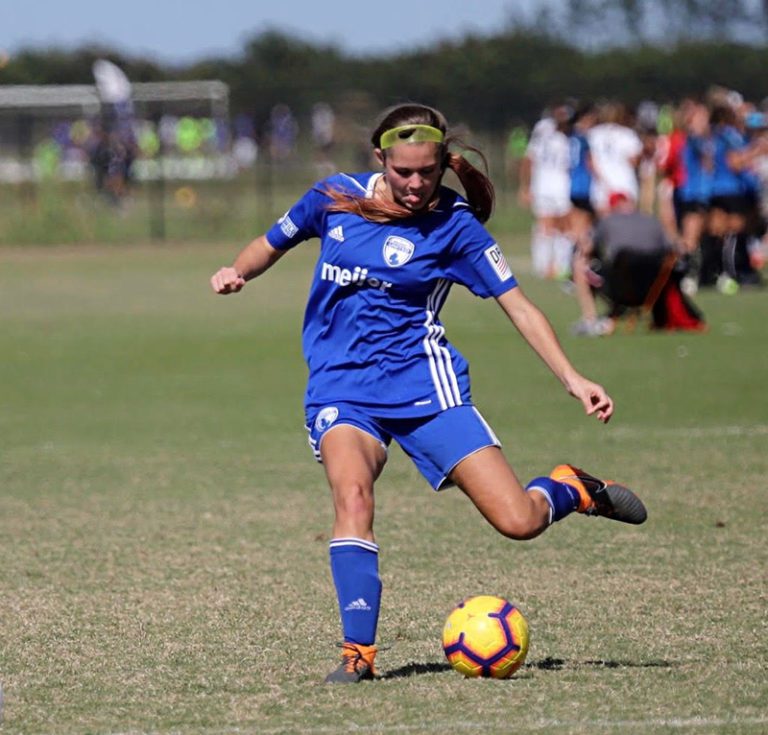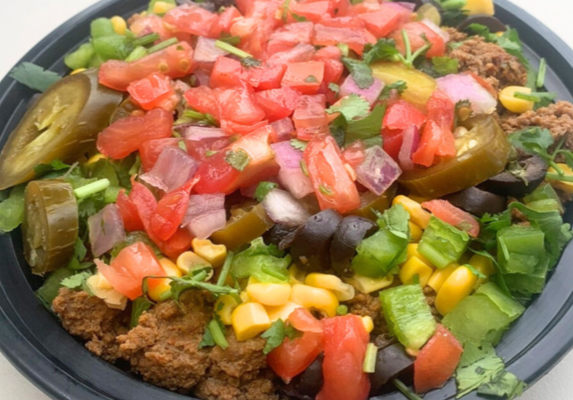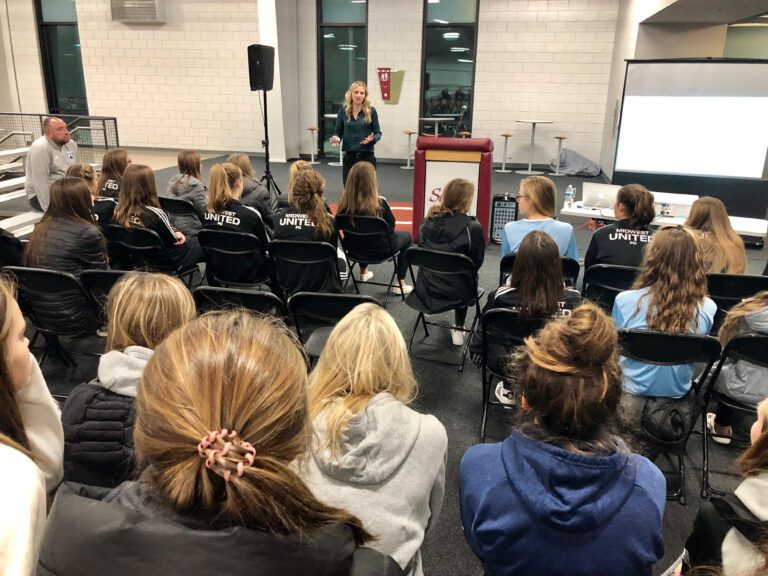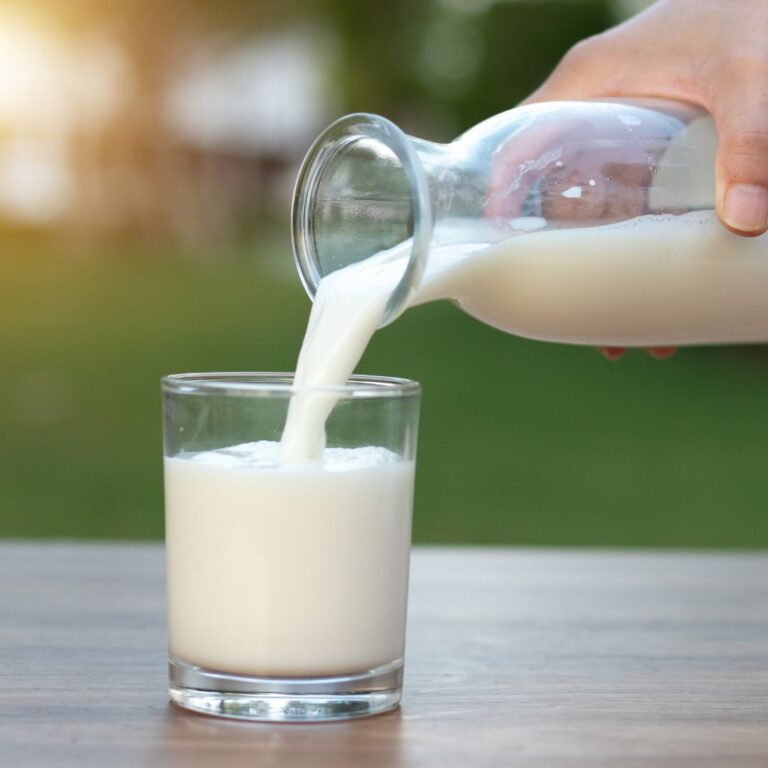Eggs are considered one of the most controversial foods. So, waht's the truth about eating eggs? Are eggs healthy for athletes? Read more to find out!

Let’s break down what creatine is, how it’s used, and if it’s safe for your teen athlete to use.

The nutrition facts label does not tell you the whole picture when it comes to your food! Especially with meat and plant-based alternatives. Learn why!

Athletes with ADHD can have worsened ADHD symptoms with poor nutrition and sleep schedule..learn more about how to properly fuel while managing ADHD!

Athletes with ADHD can have worsened ADHD symptoms with poor nutrition and sleep schedule..learn more about how to properly fuel while managing ADHD!

TF/XC athletes NEED ample carbs, protein, and calories to compete at their best. Learn just how much in Wendi's most recent blog post.

Why do we crave sugar? What can you do to stop craving sweets? Read on to find out!🤷♀️

Why do we crave sugar? What can you do to stop craving sweets? Read on to find out!🤷♀️

Helping your teen athlete meet their iron needs to support health, athletic performance, and reduce the risk of injury and illness!

Learning contentment through joy, generosity, and faith in the holy spirit.

Need help eating better, improving your health, and getting the body you want? Sign up for our program and get the physique and life you've always wanted!

Great breakfast tips for any busy sports family or active person on the go!










